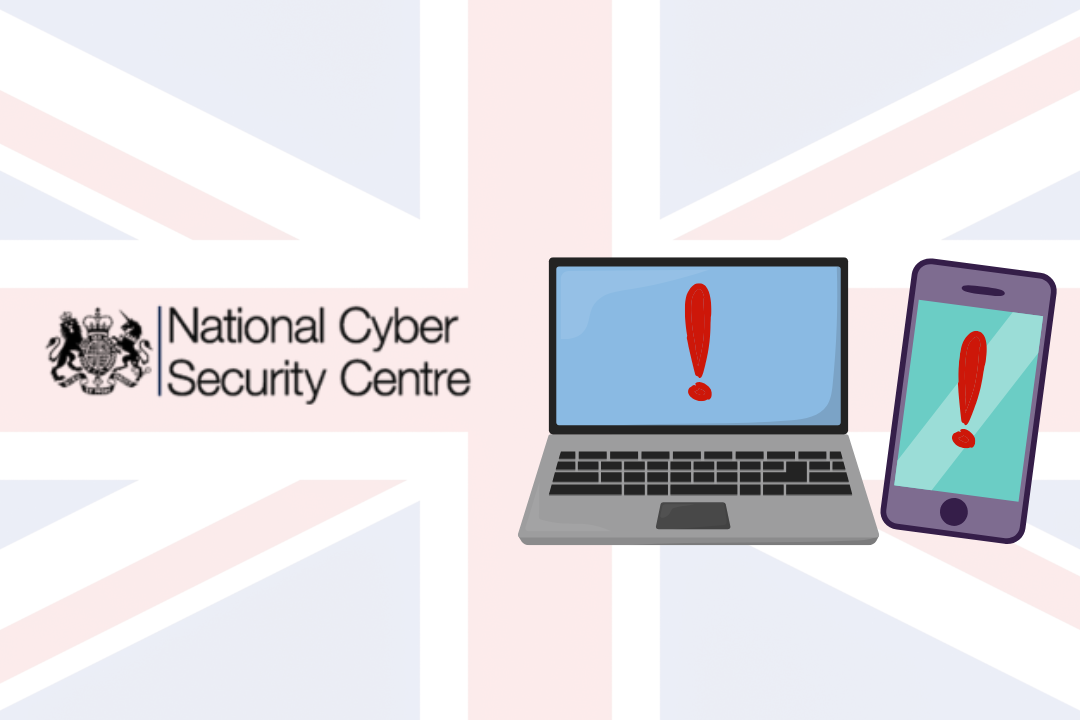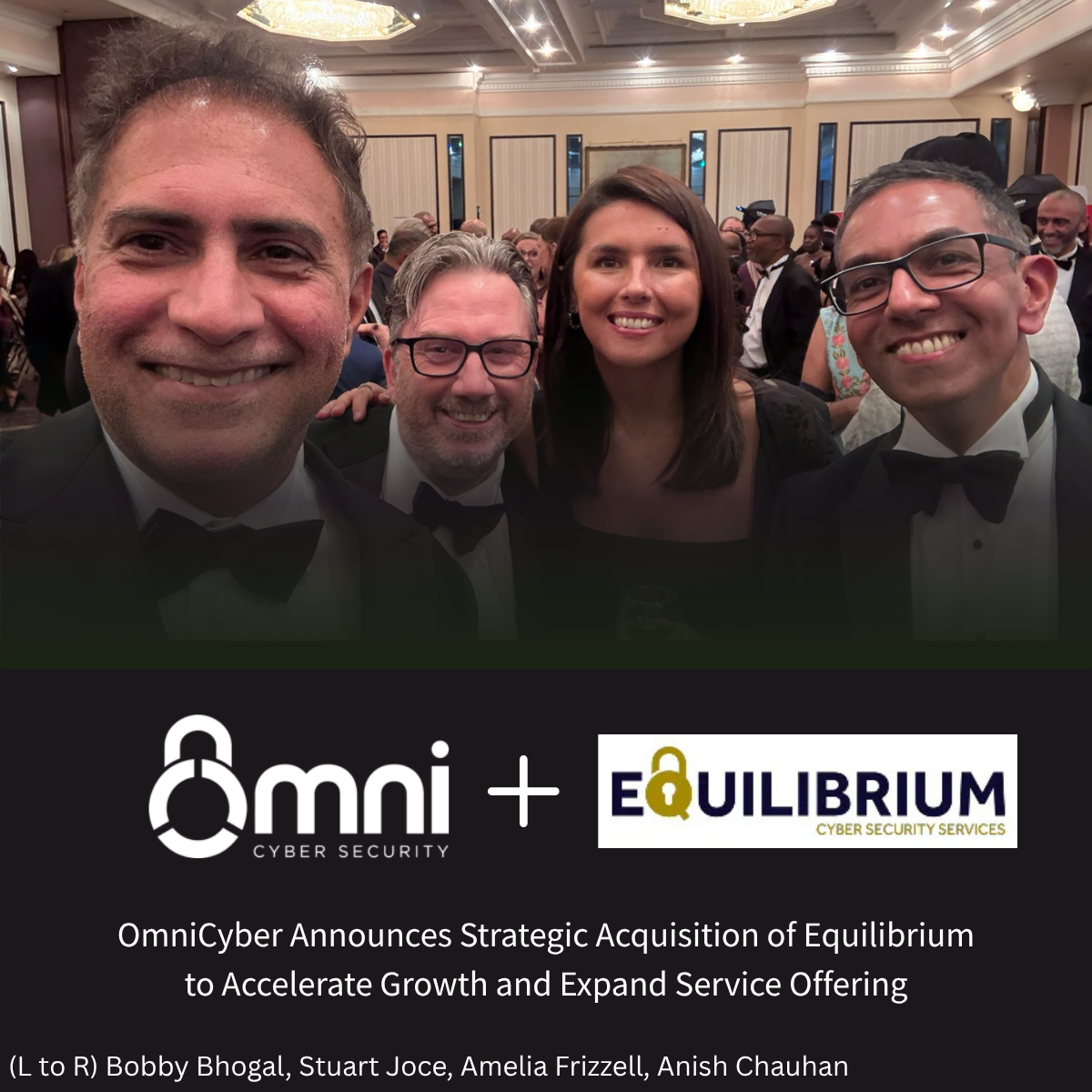ISO 27001 is an internationally recognised standard for information security management systems (ISMS). It provides a systematic approach for organisations to manage and protect their sensitive information, ensuring its confidentiality, integrity, and availability. Achieving ISO 27001 certification demonstrates a commitment to robust information security practices and enhances trust and confidence among stakeholders, including customers, partners, and regulators.
The framework was published jointly by the International Electrotechnical Commission and the International Organisation for Standardisation (ISO) – an independent, non-governmental organisation that develops international standards covering technology and manufacturing.
Key Concepts of ISO 27001
ISO 27001 focuses on three fundamental aspects of information security: Availability, Confidentiality, and Integrity. These principles form the cornerstone of an effective ISMS and guide organisations in their efforts to protect their valuable assets.
- Availability: Ensuring that information is accessible to authorised users when needed, without interruption or degradation of service. Availability is essential for maintaining business operations and meeting customer expectations.
- Confidentiality: Restricting access to sensitive information to authorised individuals or entities, thereby preventing unauthorised disclosure or exposure of confidential data. Confidentiality safeguards the privacy and confidentiality of information, protecting it from unauthorised disclosure or misuse.
- Integrity: Preserving the accuracy, completeness, and reliability of information by preventing unauthorised modification, alteration, or destruction. Integrity ensures that information remains trustworthy and reliable, maintaining its value and usefulness to the organisation.
How To Achieve ISO 27001
Implementing ISO 27001 involves adhering to a set of requirements outlined in the standard. These requirements are a framework for establishing and maintaining an effective ISMS.
Once you have identified the scope of ISO/IEC 27001 security standards for your business and conducted a gap analysis to understand the areas that need to be addressed to align with the ISO 27001 requirements checklist, you can begin implementing the requirements listed in the clauses. The ISO 27001 compliance requirements you implement will be tailored to your business and the scope you want to convey to your auditor before an audit.
There are seven ISO 27001 requirements (clauses) listed through clauses 4-10 in the compliance framework your organisation would have to become compliant with based on the scope of your ISMS.
Clause 4: Context of the Organisation
Clause 4 of ISO 27001 focuses on establishing the context within which the ISMS operates. Organisations must clearly define the boundaries of their ISMS, the risks they have identified and the measures they have taken to protect their information assets effectively.
The ISO 27001 auditor will use this scope during the audit to guide their assessment of the organisation.
Clause 5: Leadership and Commitment
Leadership and commitment play a crucial role in the successful implementation of ISO 27001. Leaders are required to demonstrate their commitment to information security by establishing policies, assigning roles and responsibilities, providing adequate resources, and actively participating in ISMS activities.
Clause 6: Planning for Risk Management
ISO 27001 does not mandate a list of specific things that every organisation should implement to become compliant. Instead, it requires organisations to customise security measures and policies unique to their business to safeguard their ISMS from security incidents. Every business operates uniquely, so the risks to maintaining sensitive data’s safety, confidentiality, and integrity vary significantly.
Clause 7: Allocation of Resources
ISO 27001 emphasises the importance of allocating adequate resources to support the implementation and operation of the ISMS. This includes financial resources, human resources, infrastructure, and technology necessary to achieve information security objectives. Organisations must ensure that specific team members can take ownership of implementing security and policy requirements listed in the ISMS. The employees tasked with this should be given access to training resources.
Clause 8: Regular Assessments and Evaluations of Operational Controls
Continuous monitoring and evaluation of operational controls are essential for maintaining the effectiveness of the ISMS. This clause requires organisations to establish processes for regularly assessing and evaluating the performance of security controls, policies, and procedures. Organisations are expected to consistently improve their systems through periodic performance evaluations and security risk assessments. These evaluations must be documented and presented as evidence during an audit to demonstrate compliance.
Clause 9: Performance Evaluation
Performance evaluations also provide a valuable guide and framework for conducting internal audits. External auditors use these evaluations to assess whether your organisation has implemented the necessary controls and policies and then map them to your ISMS scope.
Clause 10: Improvement and Correction Plan for Nonconformities
Nonconformities are deviations from the requirements of ISO 27001 that must be addressed promptly to maintain the integrity of the ISMS. This clause requires organisations to establish processes for identifying, documenting, and correcting nonconformities. By implementing corrective actions and preventive measures, organisations can prevent the recurrence of nonconformities and improve the effectiveness of the ISMS over time.
Implementation Challenges and Best Practices
Implementing ISO 27001 can be complex and challenging, requiring careful planning, coordination, and investment of resources. However, organisations can overcome these challenges with help from OmniCyber Security, and by following best practices such as:
- Engaging top management and obtaining their full support and commitment.
- Conducting comprehensive risk assessments to identify and prioritise information security risks.
- Developing clear policies, procedures, and guidelines for managing information security.
- Providing ongoing training and awareness programs to employees to promote a culture of security.
- Regularly reviewing and updating the ISMS to reflect changes in the organisation’s internal and external environment.
What are ISO 27001 Annex A controls?
ISO 27001 requirements specify the policies and controls that an organisation must put in place. However, it does not provide a way to verify if the implemented controls are working properly.
This is where Annex A becomes important. During an audit, Annex A is used as a reference point to assess how effective the policies and 114 controls of the ISO 27001 framework are. It’s not necessary to implement all 114 ISO 27001 controls listed under Annex A. Organisations can choose and implement the controls that are relevant to their specific risk profile.
Is ISO 27001 a legal requirement?
ISO 27001 is not a legal requirement. However, it is a globally accepted set of standards that organisations implement to demonstrate their capabilities of ensuring the security and integrity of sensitive information to their business prospects and end-users. Moreover, ISO 27001 certification is often a requirement for organisations seeking to enter into contracts with government agencies or secure business opportunities with clients who prioritise information security.
Take the first step towards ISO 27001 certification today by partnering with OmniCyber Security. Our team of experts is ready to provide personalised guidance and support tailored to your organisation’s unique needs. Contact us now to start improving your information security management.




